Ecuador – Part 8: Cuenca
Chapter 1: Mountains & Water
The church on the hill at Turi can be seen from pretty much anywhere in Cuenca. It is a white beacon of sorts that keeps one oriented to directions. The church itself is small and humble; however, note its beauty. Communities large and small in Ecuador take great pride in their places of worship.
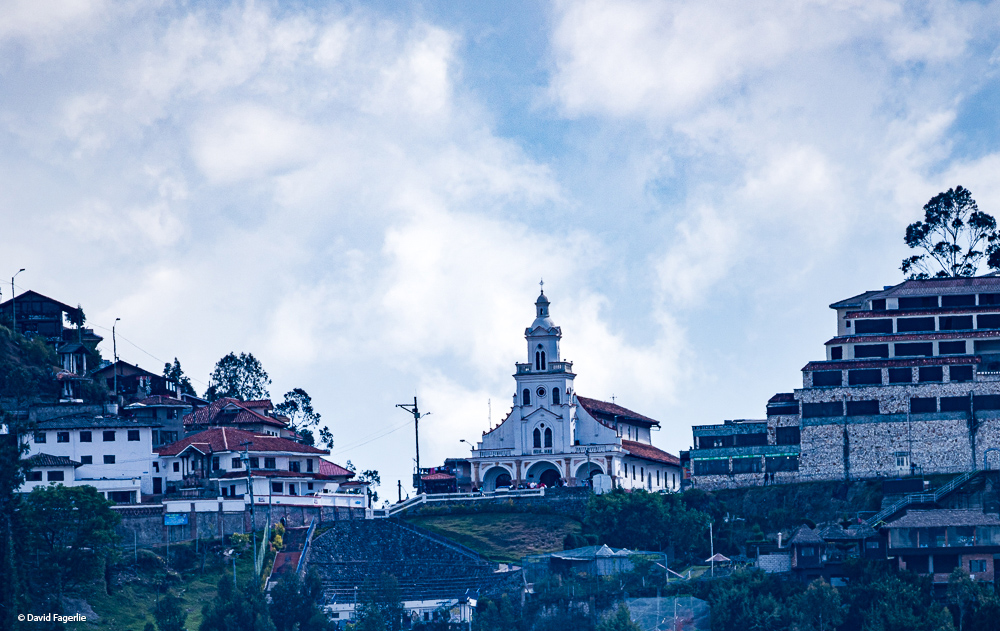
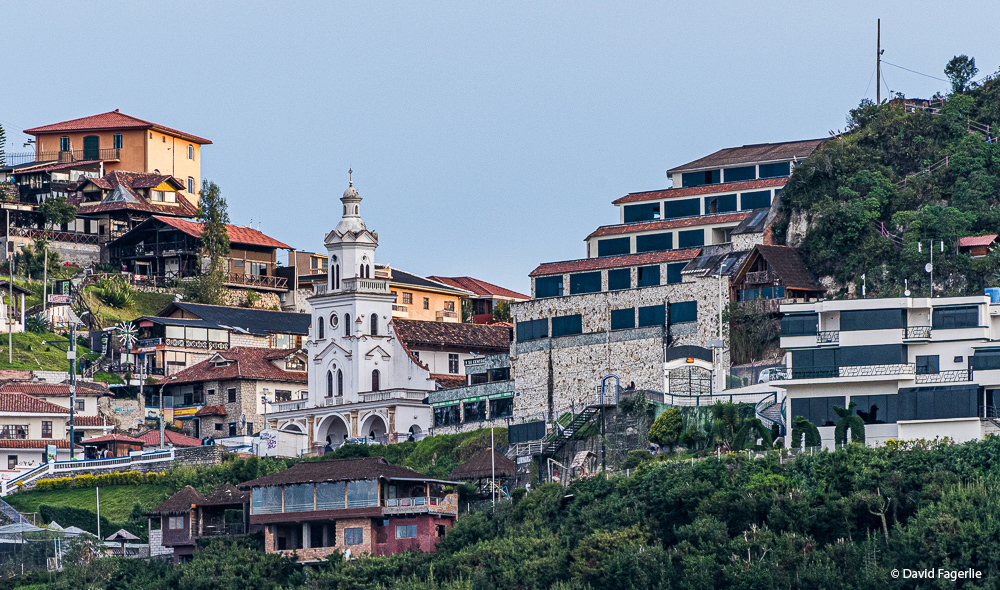
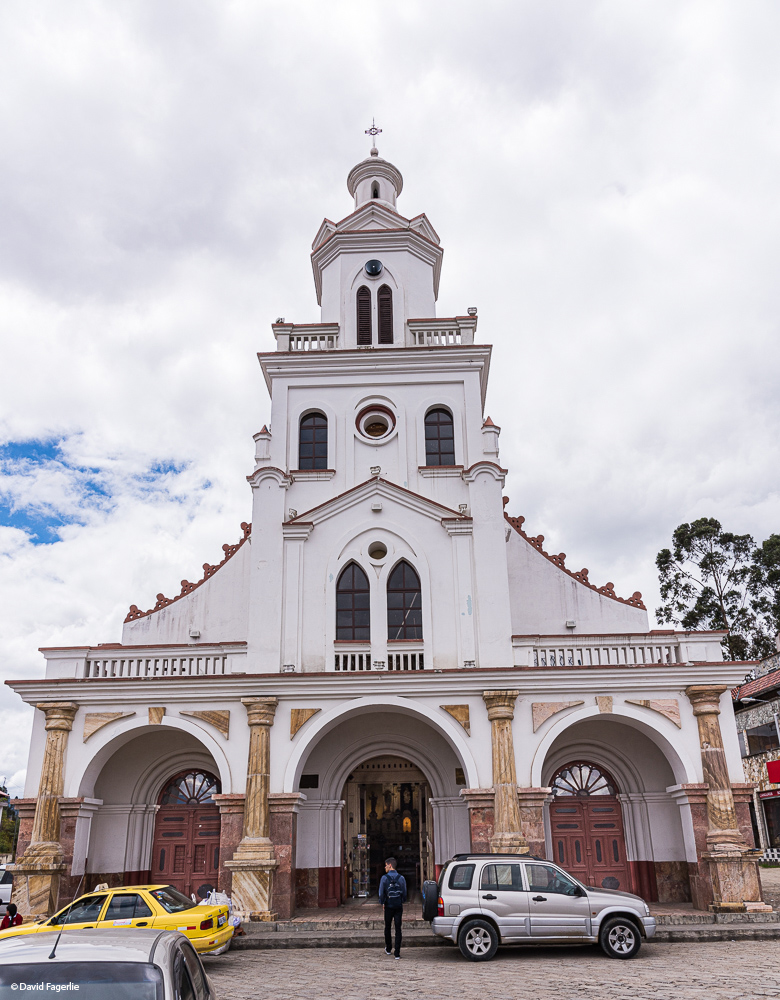

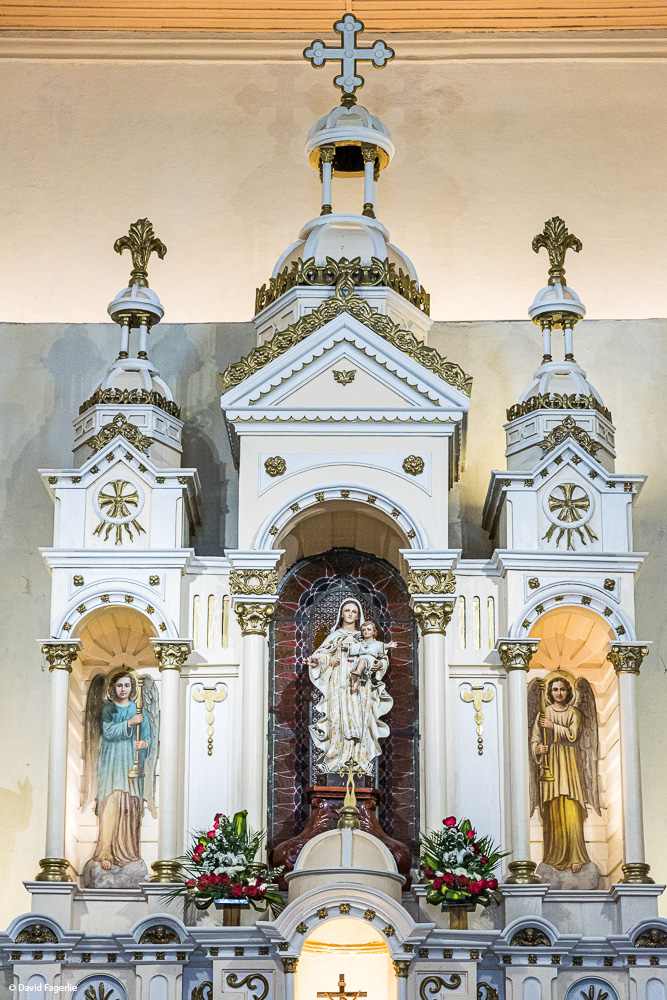
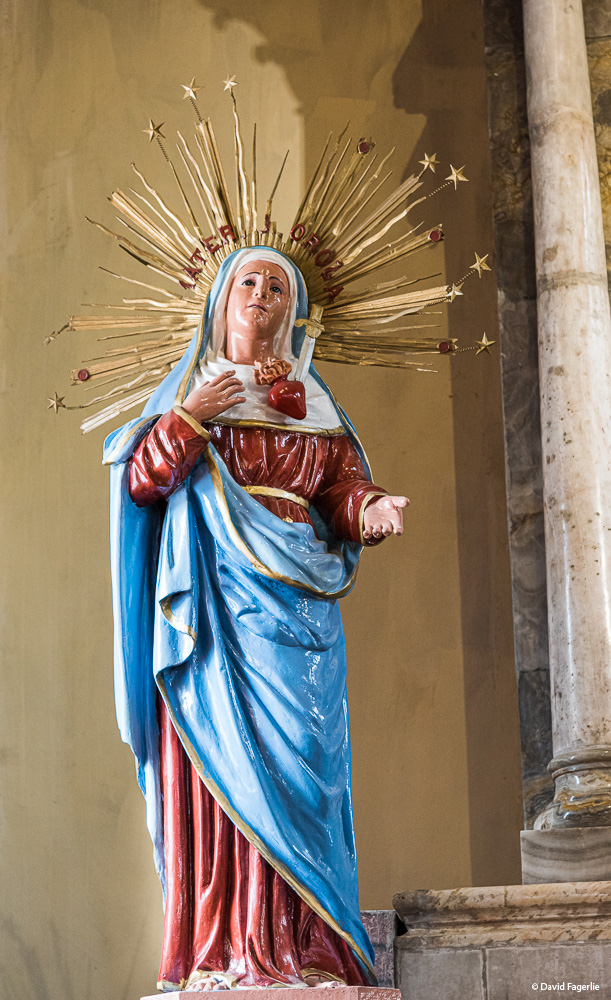
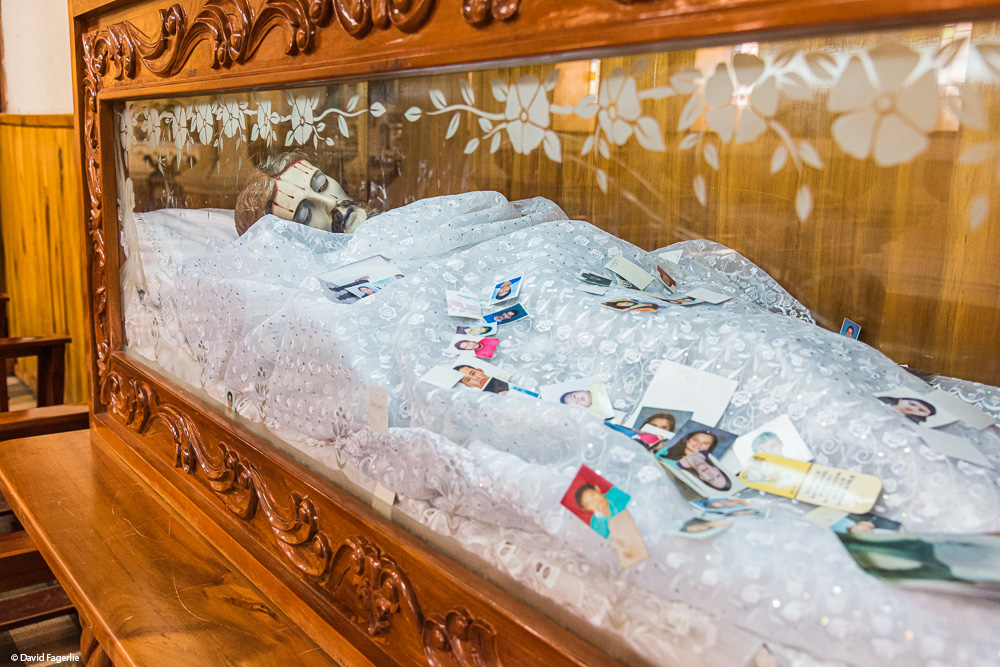
I start our visit here because of the view. The name Cuenca means “basin." On some maps the city is referred to as Basin instead of Cuenca. In the two photos below you can see that Cuenca is indeed located in a huge basin. Much higher ridges surround the city. I follow with two more photos taken from the penthouse of a tall condominium building. The three domes that you see in all of the photos belong to Catedral de la Inmaculada Concepción (Cathedral of the Immaculate Conception), more often referred to as the New Cathedral.
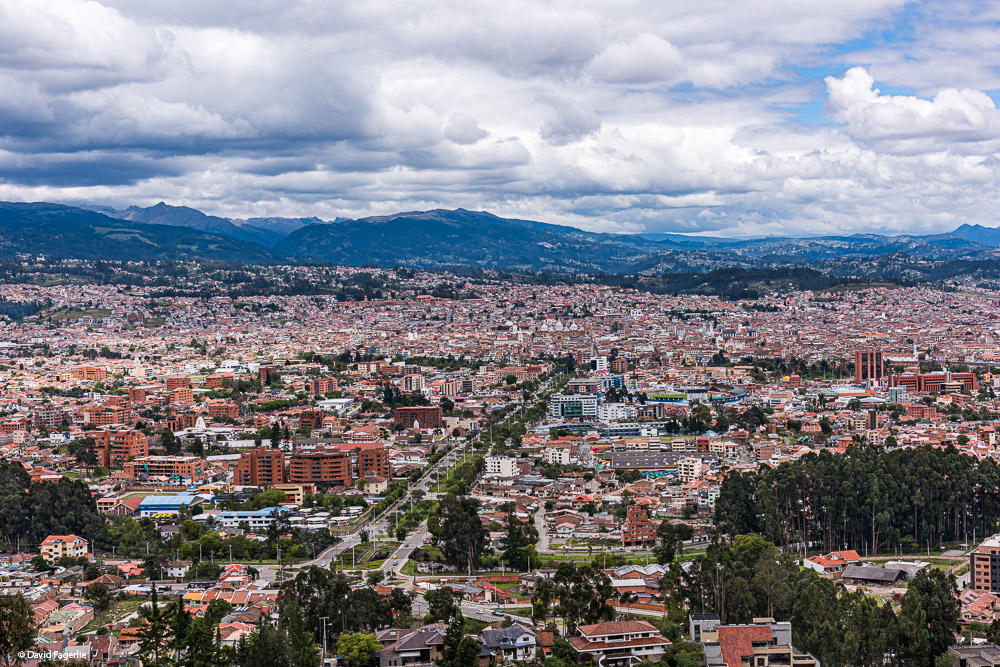

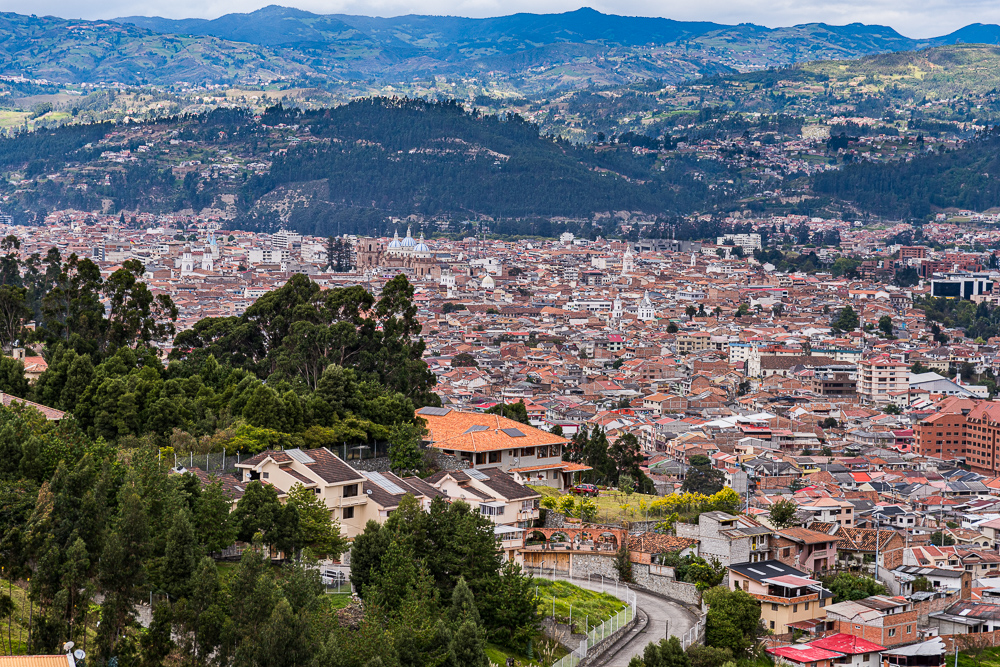
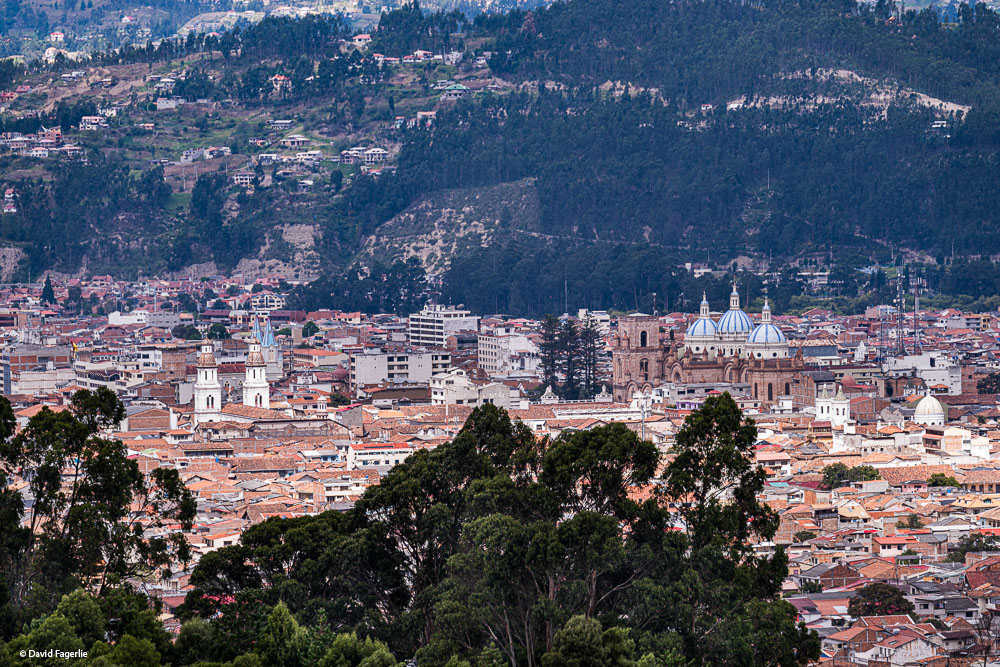
To drive to Guayaquil on the coast one climbs out of Cuenca on a mountain road then over a pass at 14,000 feet. See the four photos below of an easy to get to hiking area just a thirty minute drive from Cuenca that is at about 10,000 feet. Following is a photo taken at a higher altitude and then the view traveling west after the pass where the drive to Guayaquil begins its long descent. Note the piling up of marine clouds from the Pacific Ocean.
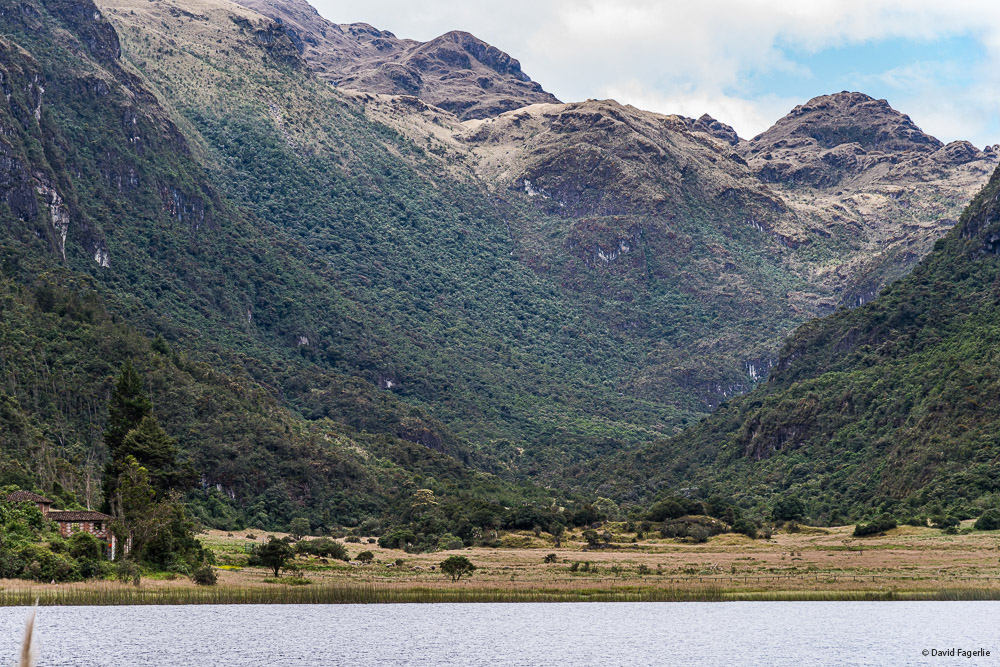
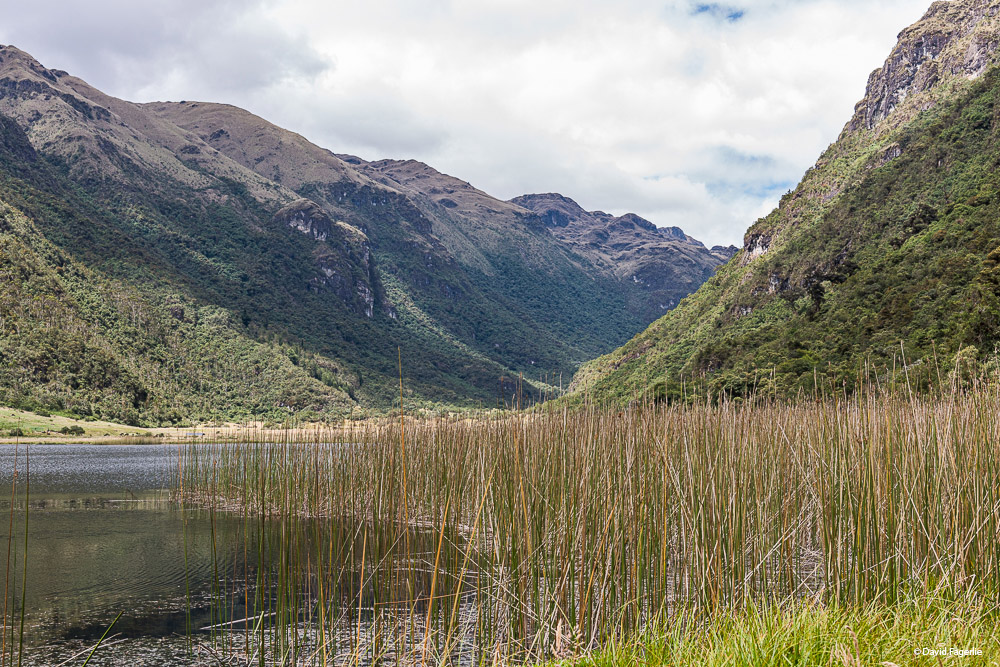
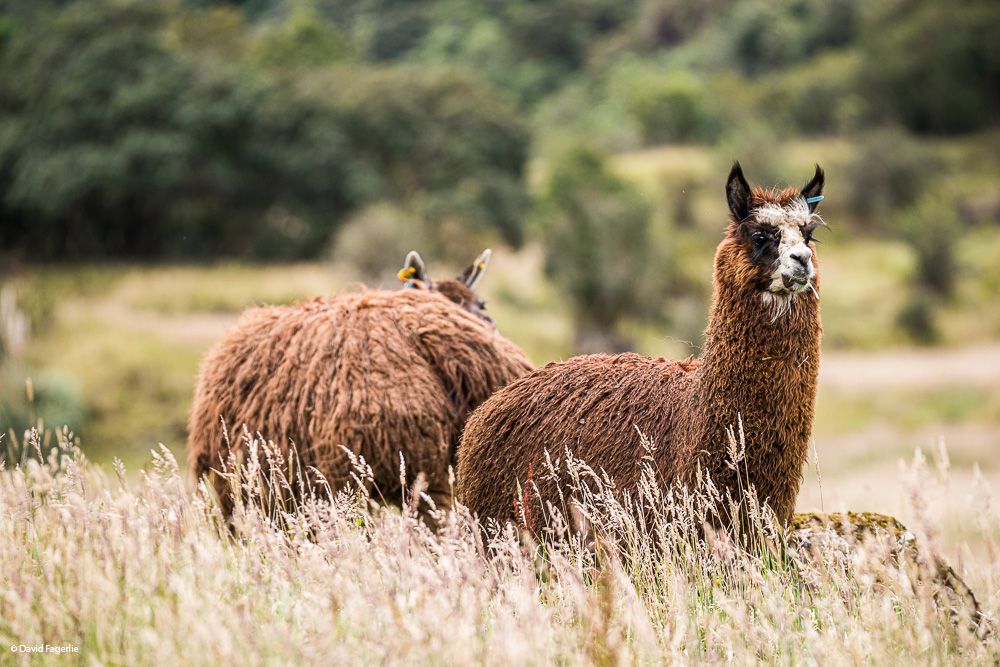
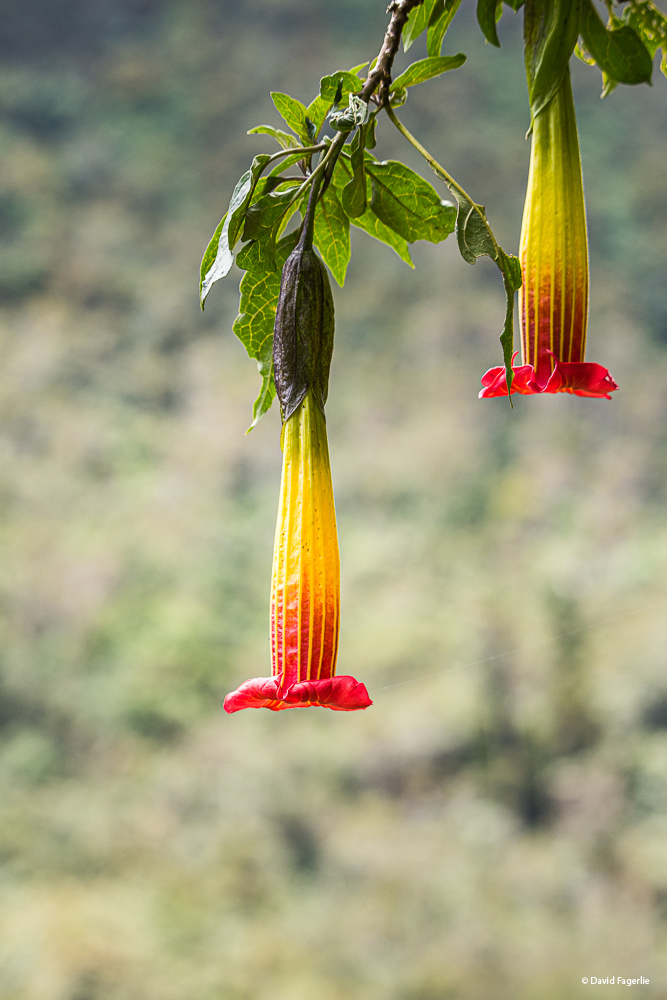


On an east-facing mountain slope near Cuenca is an interesting lodge, Dos Chorreras, that was built to be part of its environment.
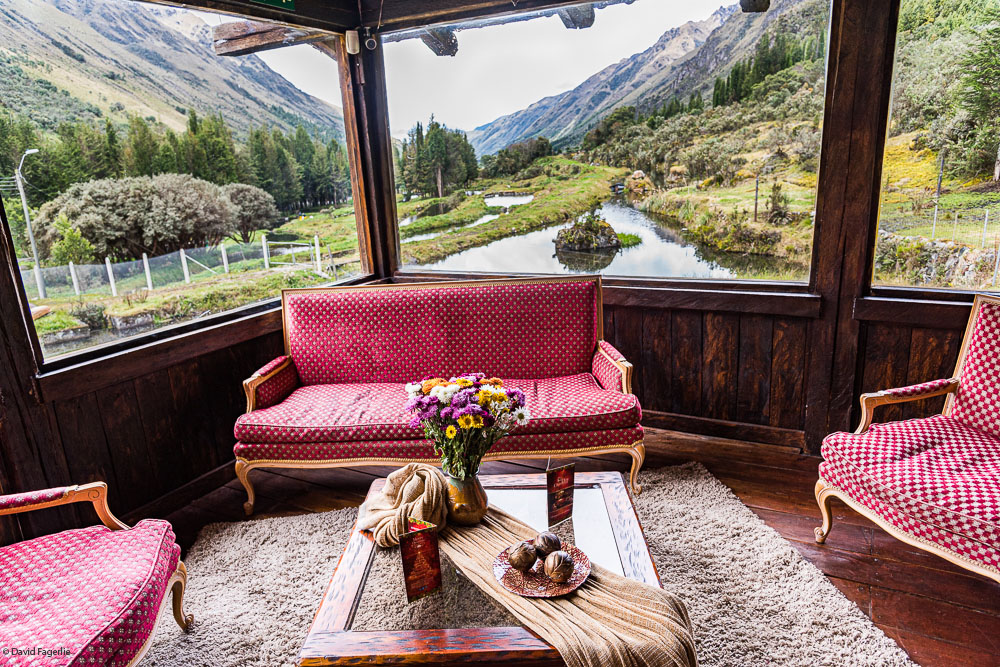
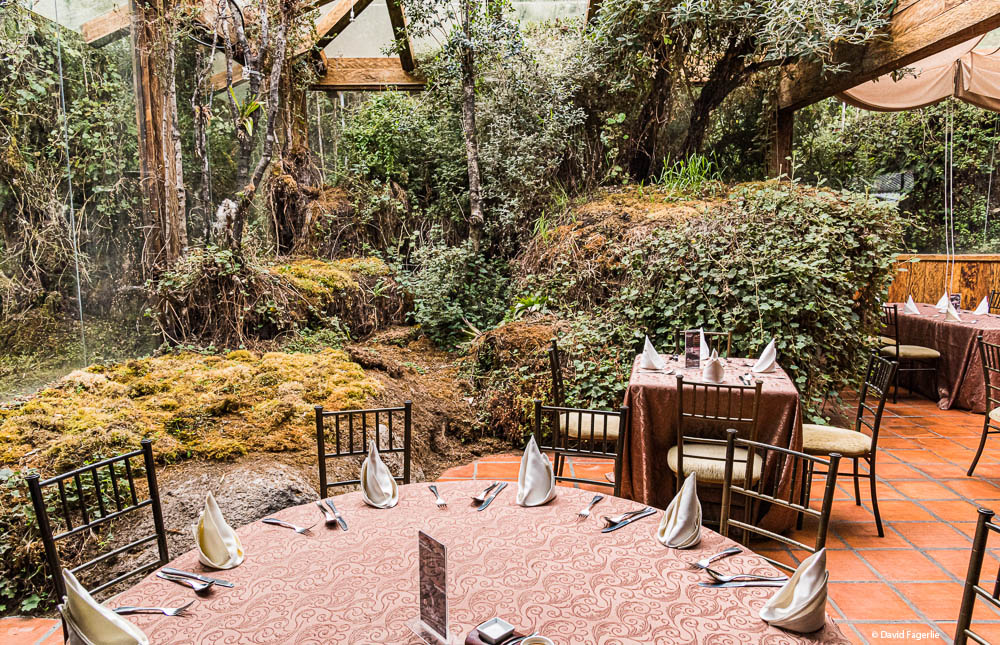
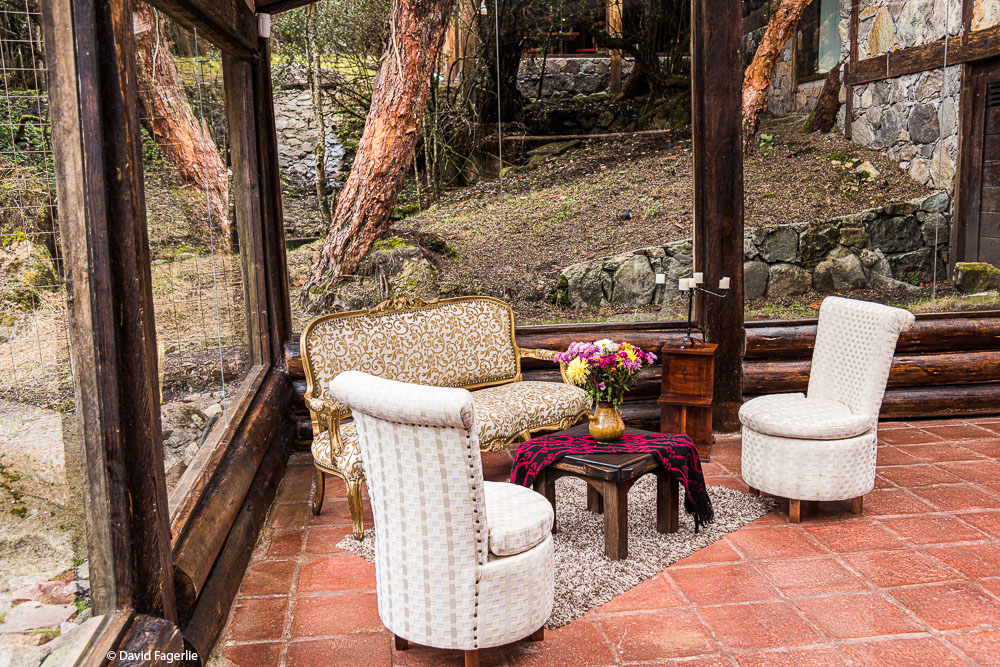
Santa Ana de los Cuatro Ríos de Cuenca, or just Cuenca, for short, is the capital of Azuay Province and the third largest city in Ecuador after Guayaquil and Quito. Population statistics vary by source; I would say a population estimate of 650,000 to 700,000 residents in the greater metro area would be accurate. The population inside the city limits is much smaller – perhaps 350,000? To me, Cuenca feels smaller than that. Five years ago there were few quality coffee shops and restaurants. That has changed significantly and Cuenca is claiming its rightful place as a full-fledged city.
There are four rivers that pass through Cuenca (hence “Quatro Rios” in its name). These rivers flow through Cuenca from the Andes Mountains on the east side of the continental divide. The most important river is the Tomebamba. The Yanuncay is next in significance followed by the Tarqui and the Machangra. The first three of these rivers originate in the Cajas mountains. All the rivers combine into the Tomebamba east of Cuenca which carries all of the water eastward to the Amazon River before reaching the Atlantic Ocean. We lived in a fifth floor condo located on the Tomebamba. I walked the north shore of the river daily. Early on in my life in Cuenca I recall thinking that the Tomebamba was like a mountain river. Immediately, my next thought was that the Tomebamba wasn’t like a mountain river – it IS a mountain river! Sometimes the river is so low that someone could walk across it on stones, feet never getting wet. Most of the time there is more water and crossing the river would result in wet feet if one did not wear rubber boots. When it rains in the Cajas the new water can flow with such gusto that the depth increases by feet, transforming a meandering river into a life-threatening torrent within a few hours.
In the first photo there is a condominium with three terraces visible. The lowest of the three is the terrace of our apartment. Following that image are three photos of the river in its typical state at locations near to our apartment. After that are photos of the river after a significant rainfall in the mountains. I had crossed the bridge you see three hours earlier to attend a class; the river was meandering then. Upon returning from my class this is what the river looked like.
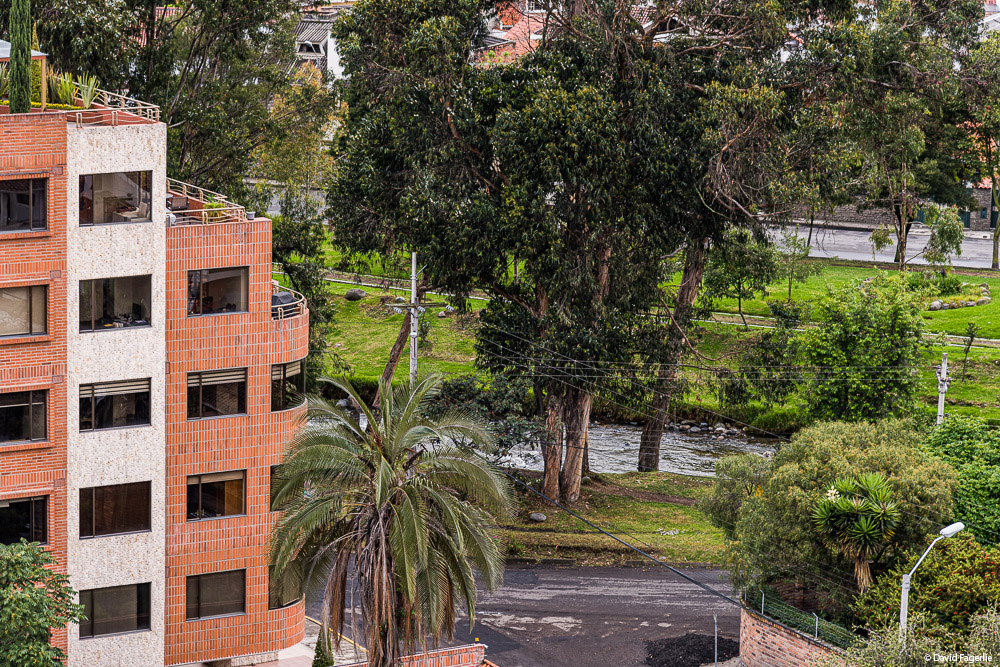
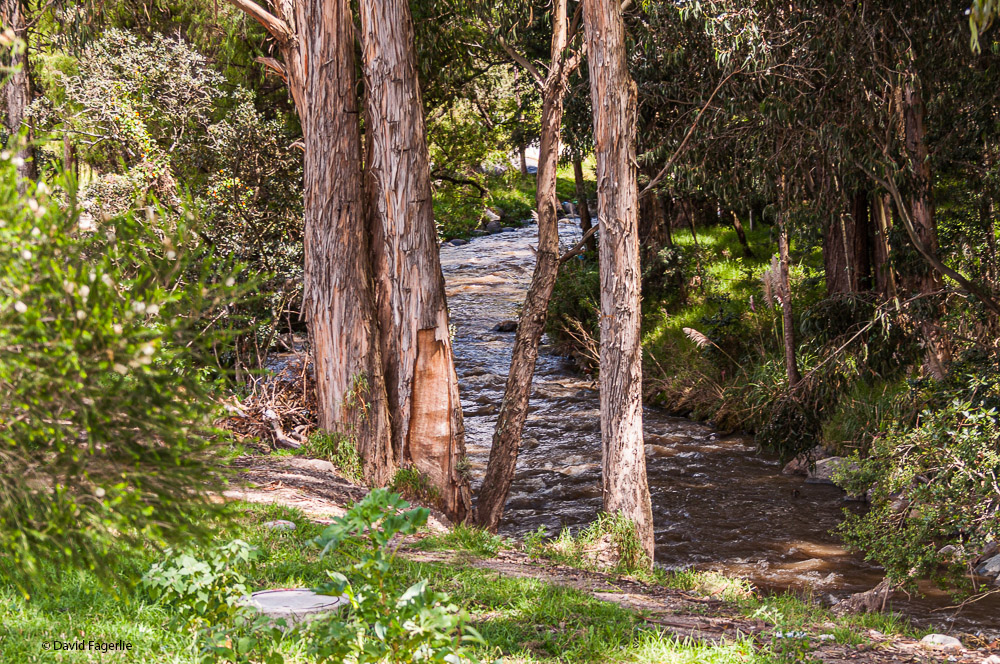
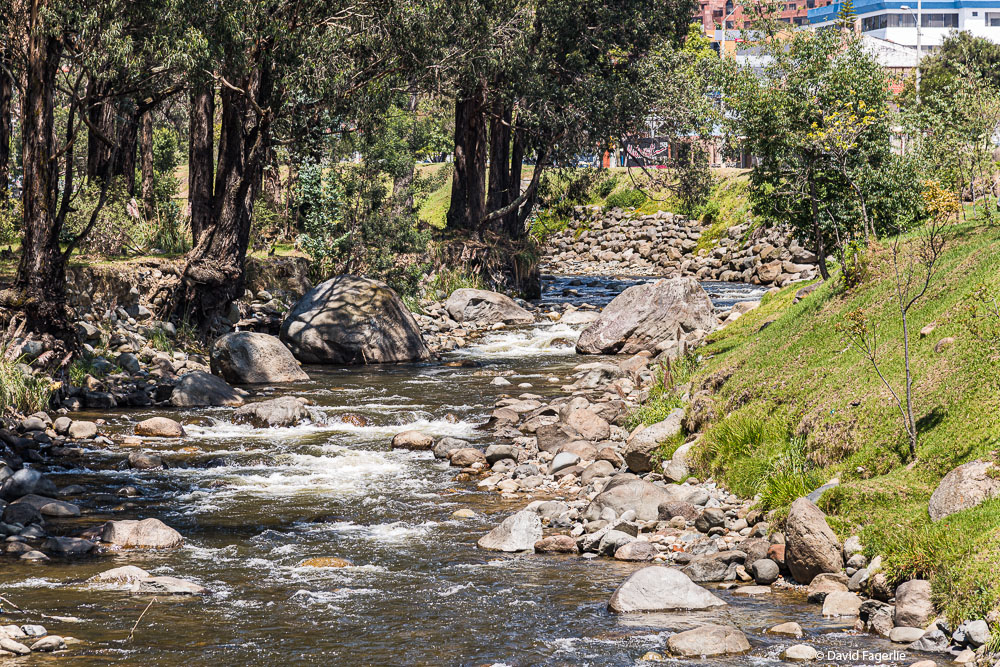
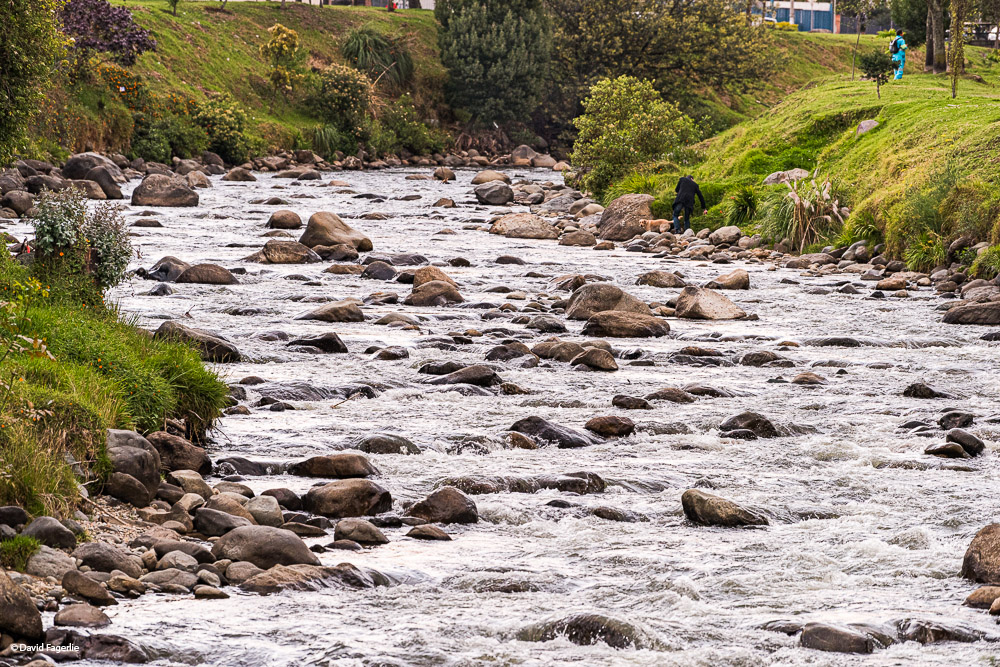
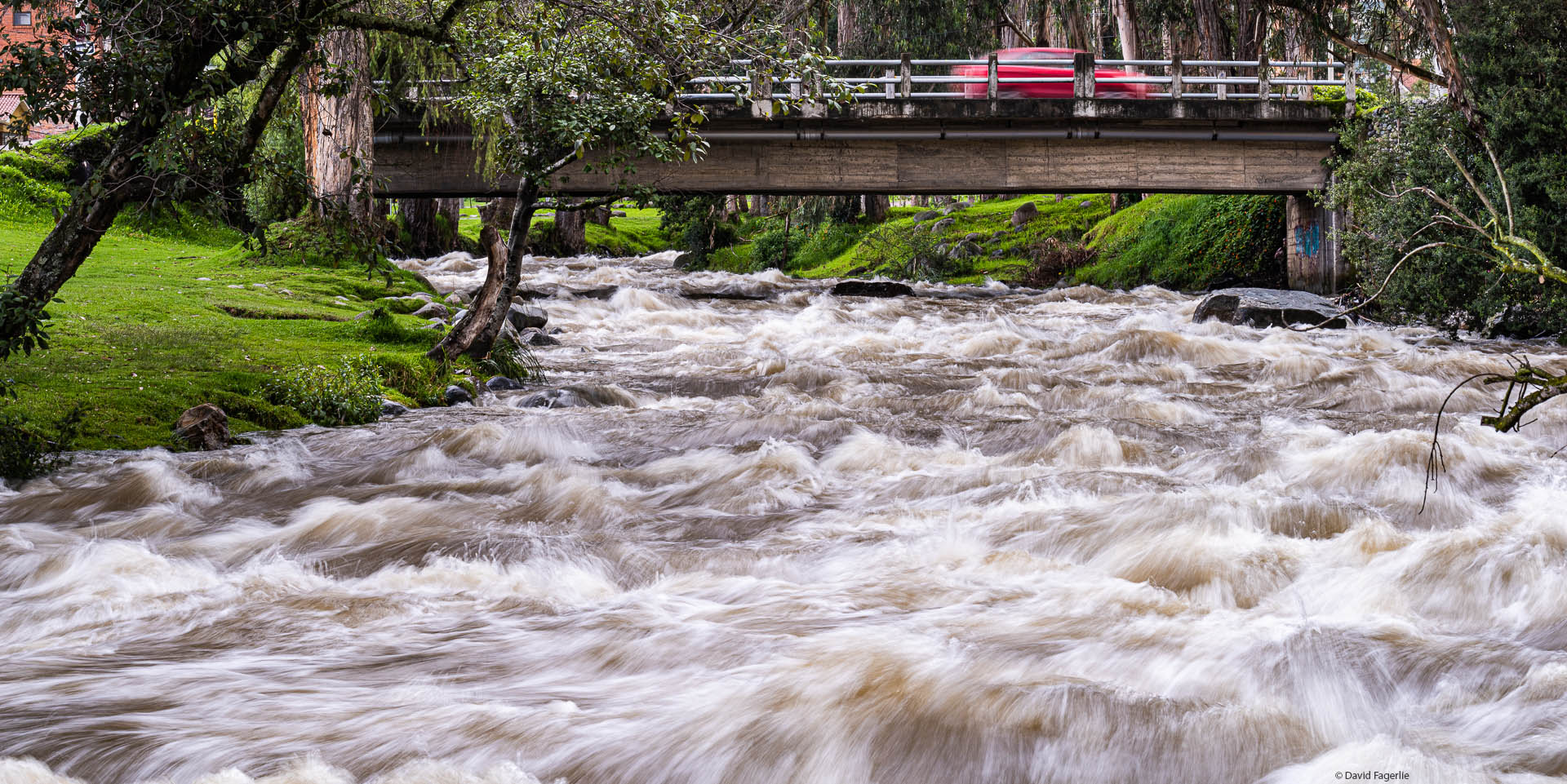
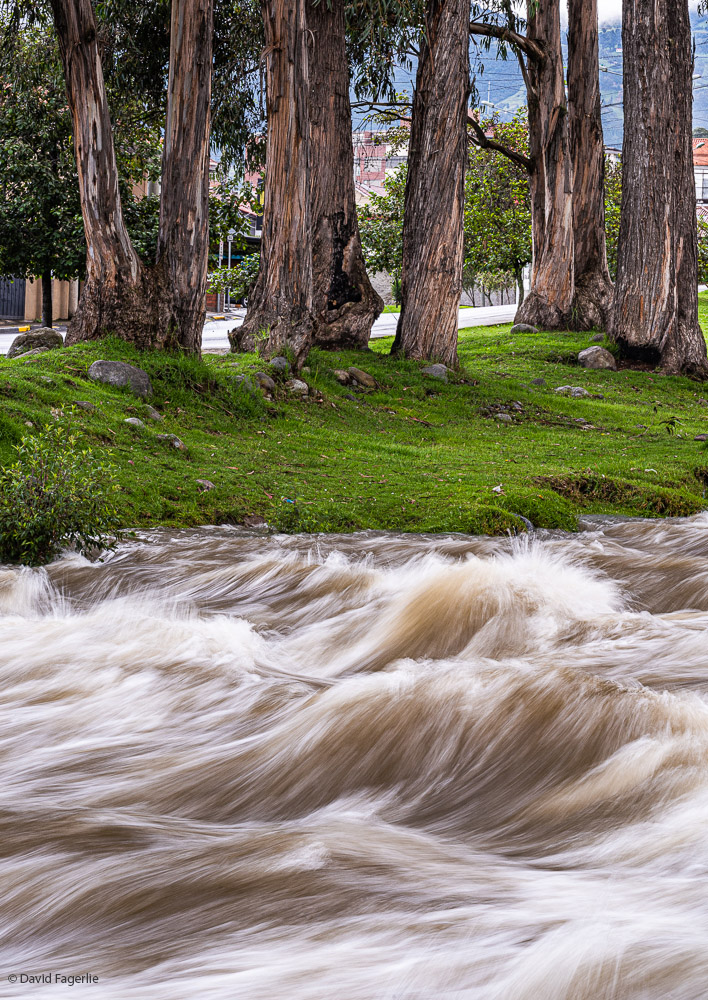
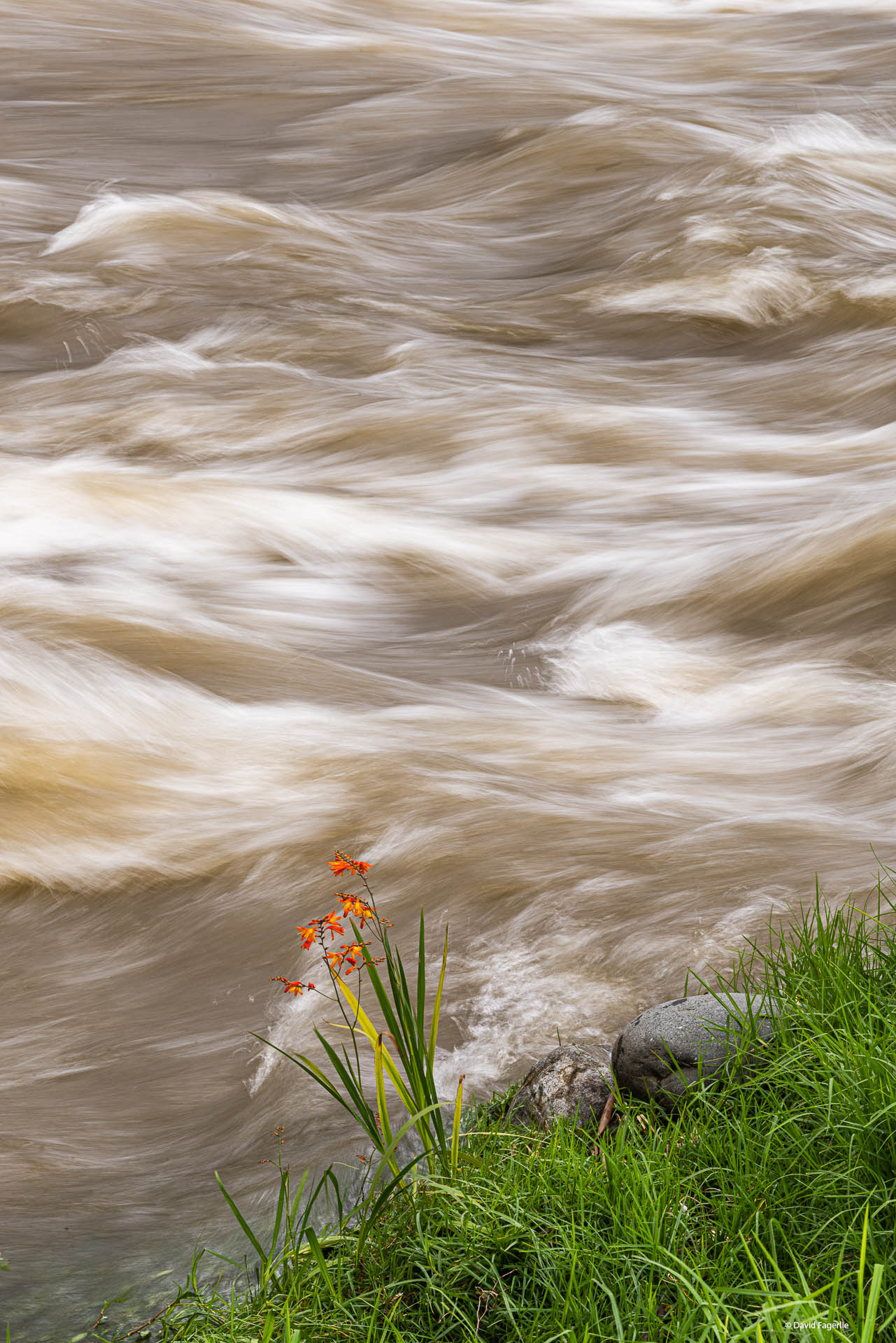
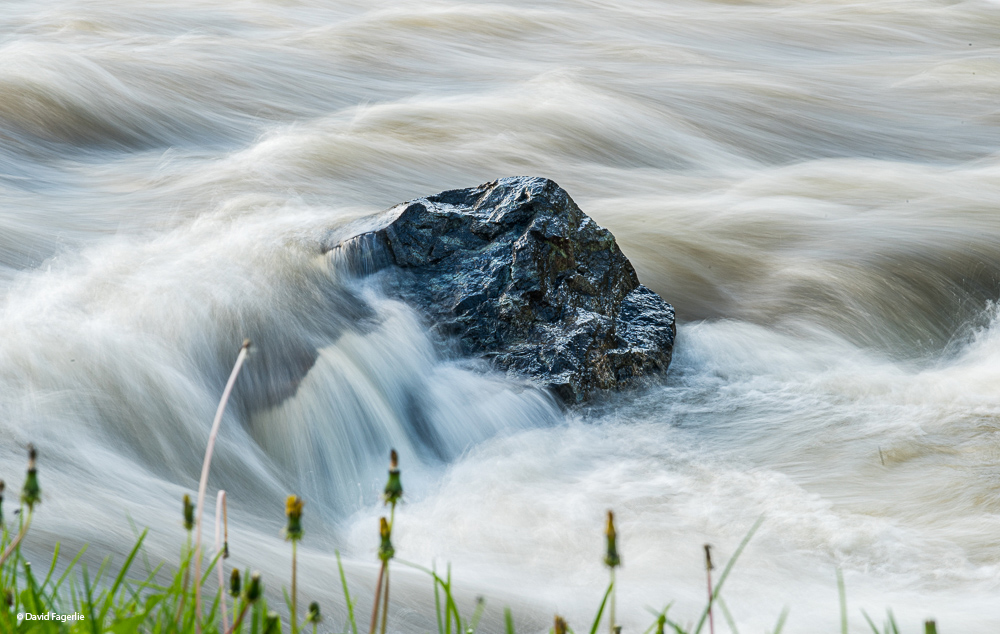
The river is a place of recreation and work. This path was my my walkway from my apartment to downtown, or “El Centro,” as it is called. A very peaceful walk indeed.
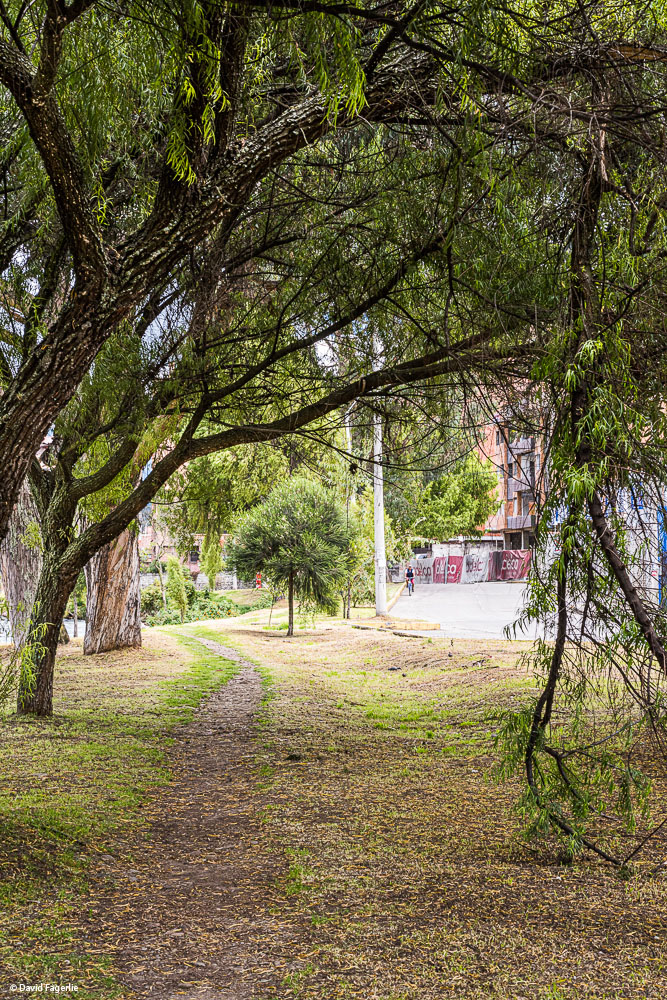
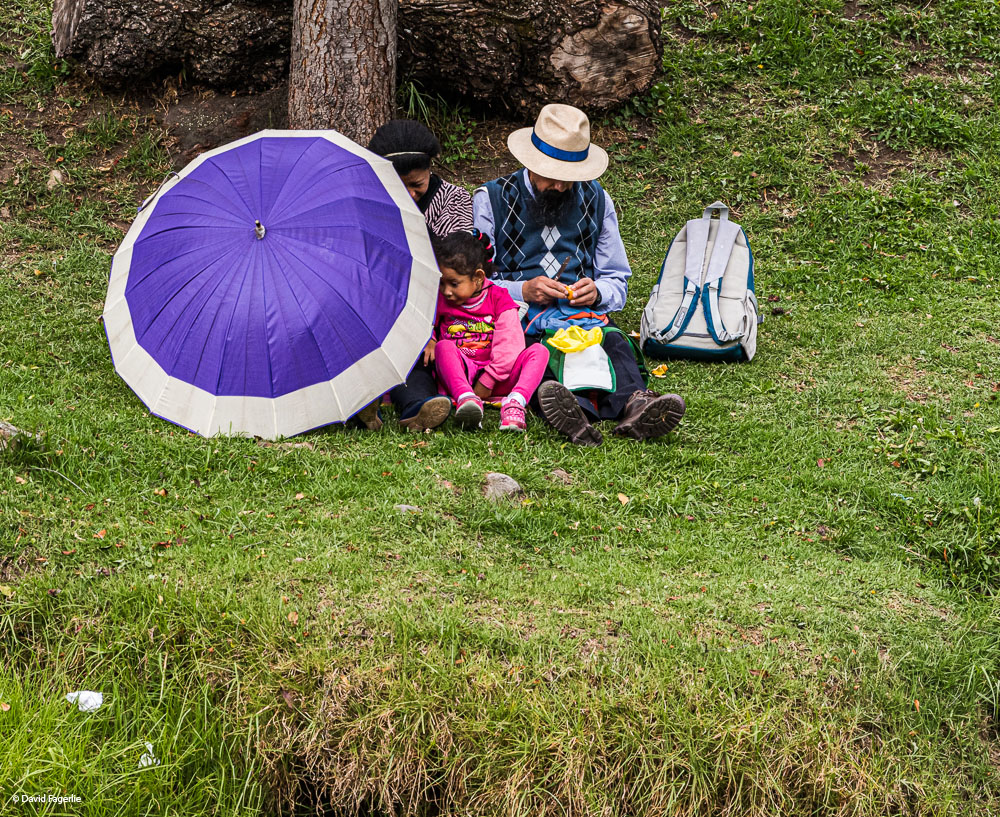
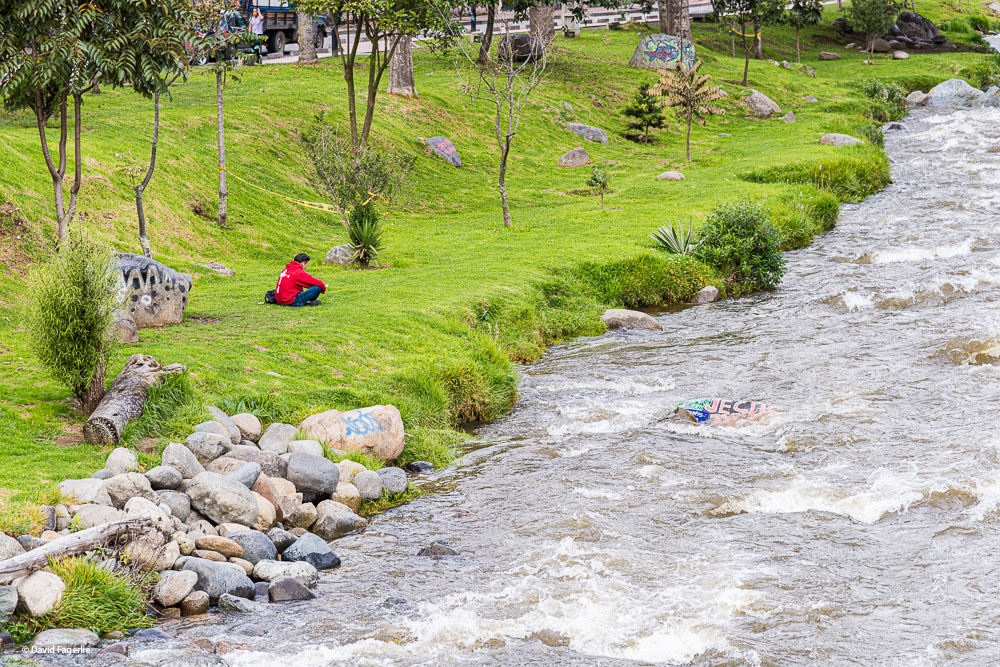
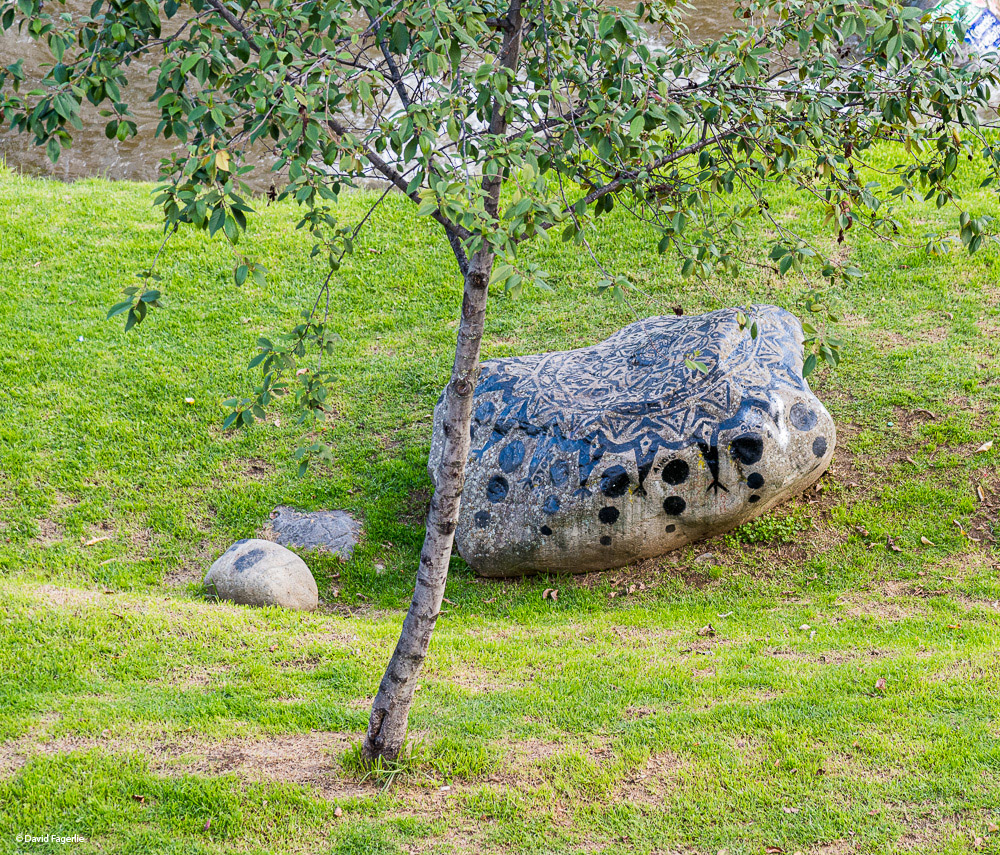
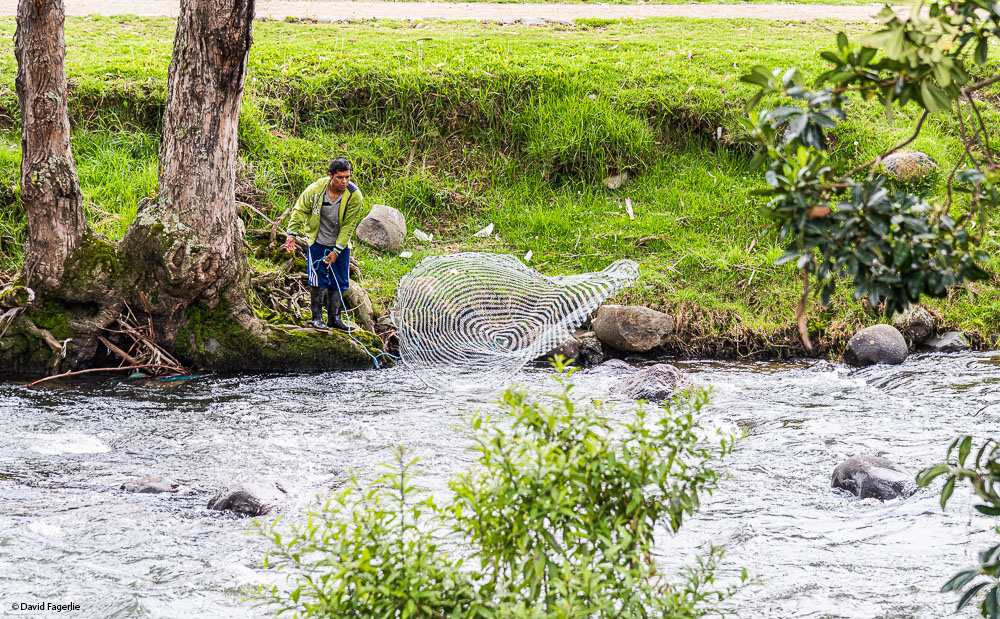
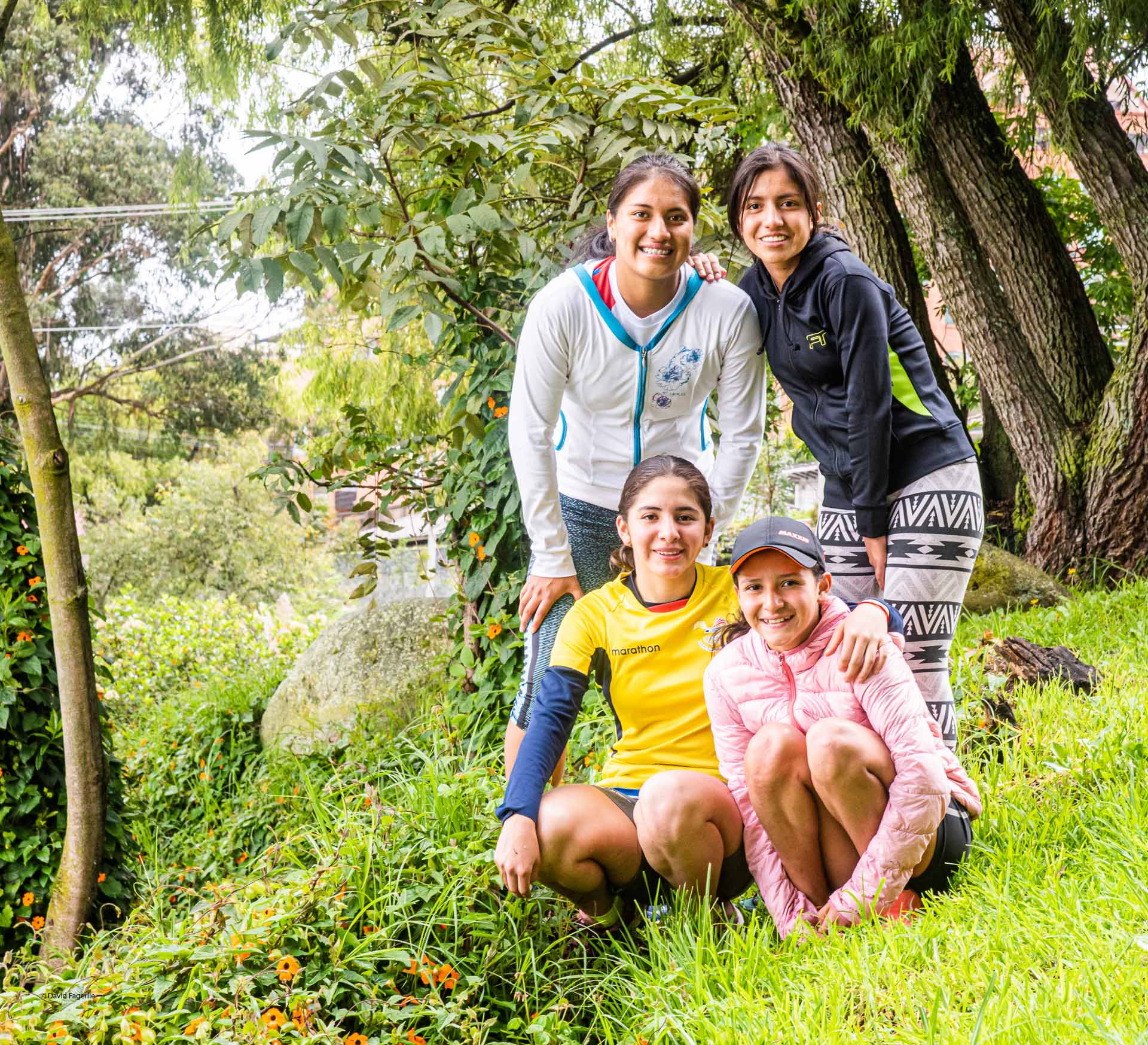
A view of the outer eastern slope of the Cajas near my apartment on the shore of the Tomebamba.
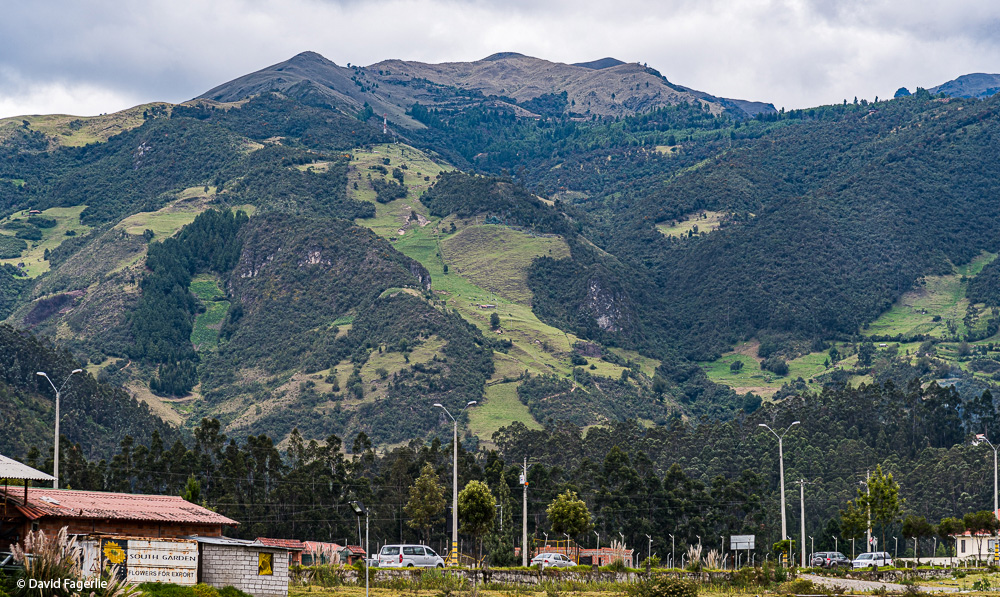
Almost every day that isn’t raining and the river is placid, networks of families come to the river’s edge near my apartment to wash clothes. They wash a lot of clothes; this is their small business. Wealthy Ecuadorians believe that having their clothes washed in the river, and then air dried, results in cleaner and fresher clothes. The water is very clean. Cuenca's rivers originate from the mountains next door and flow uninterrupted through Cuenca. These rivers produce much of Cuenca’s water supply, the remainder from reservoirs at higher altitudes. Cuenca is rated as one of the best cities for water not just in South America but the world. Drinking from the tap is perfectly safe, unusual in Latin America.
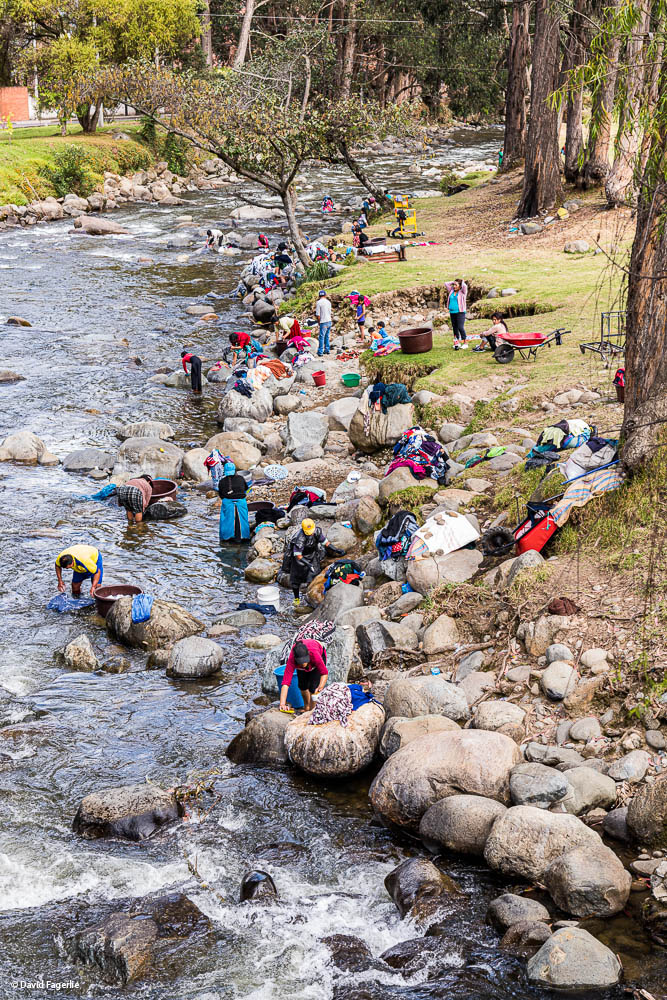
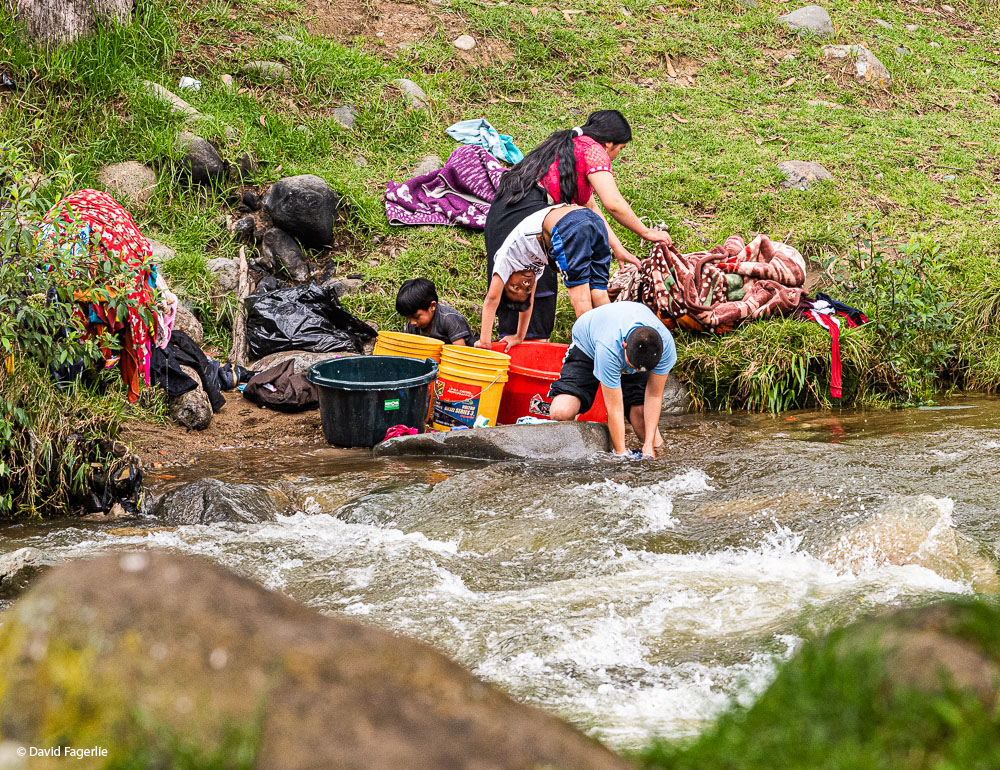
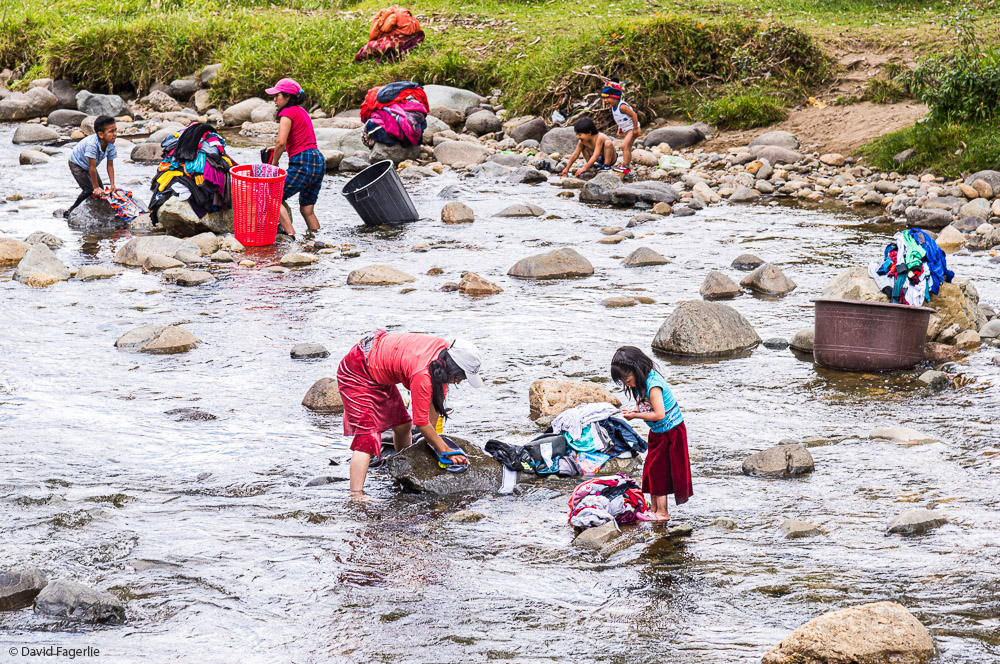
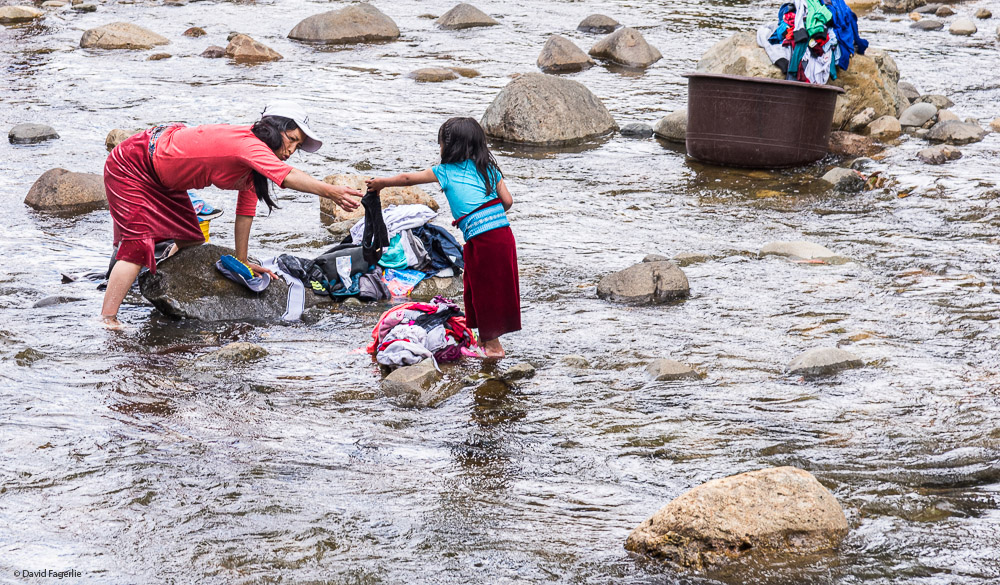
A slide show of higher resolution images from this chapter is available by clicking HERE.
See you next week for chapter two.
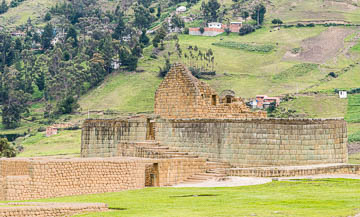
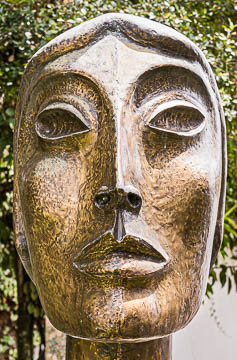
July 15, 2021
Chapter 2: From the Cave of Chopsi